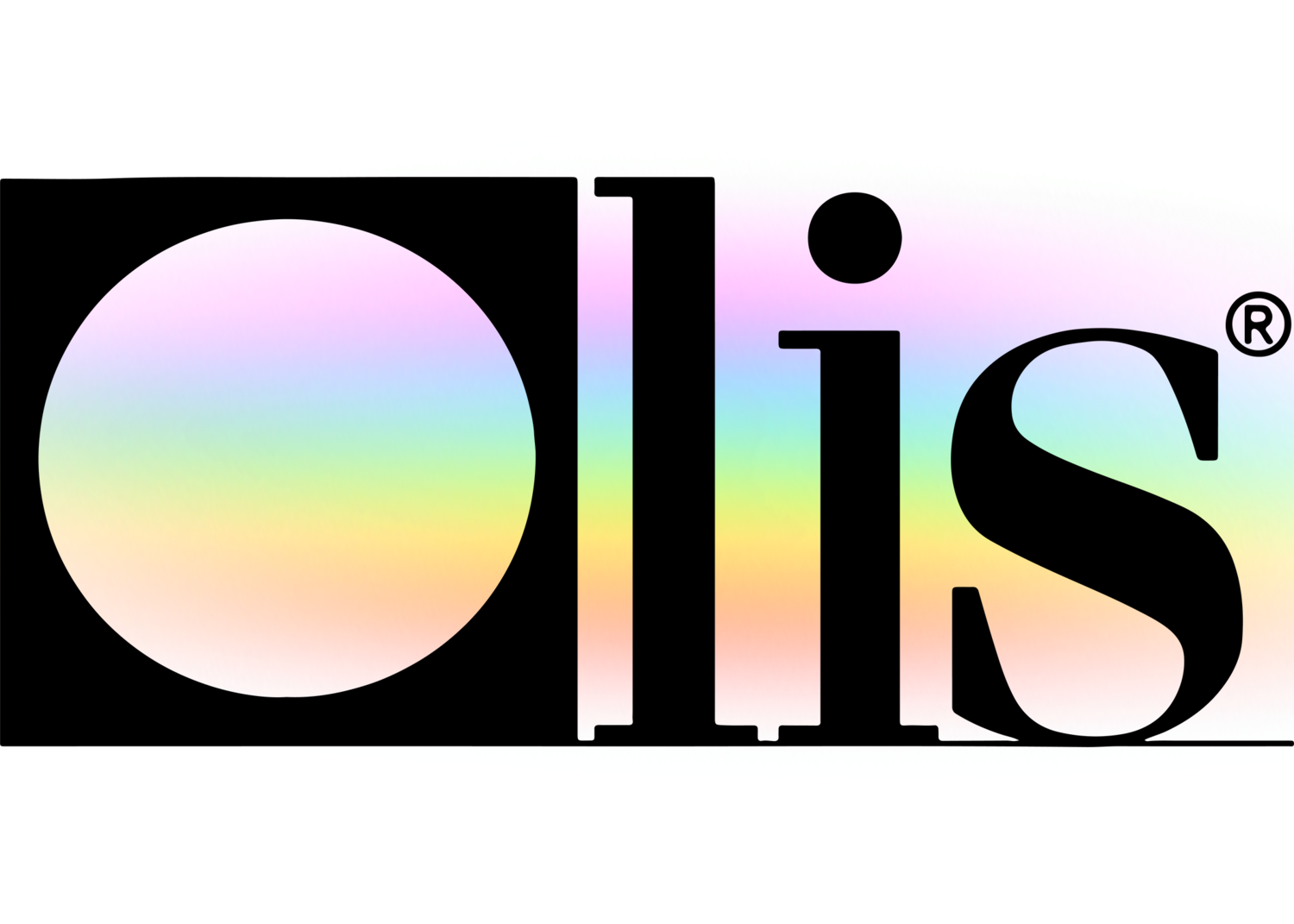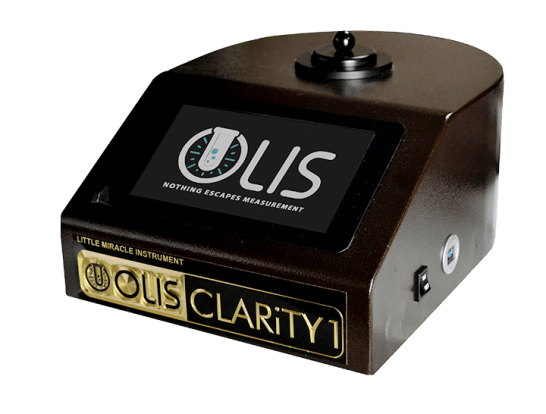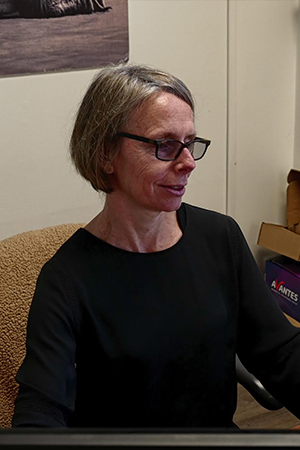Circularly Polarized Luminescence - The Facts
Circularly Polarized Luminescence - The Facts
Blog Article
All About Circular Dichroism
Table of ContentsTop Guidelines Of Uv/vis/nirRumored Buzz on Uv/vis/nirGetting The Spectrophotometers To WorkGetting My Circular Dichroism To WorkThe Single Strategy To Use For Uv/vis/nir

Spectrophotometry is a tool that hinges on the quantitative analysis of molecules depending on how much light is taken in by colored substances.
The Best Guide To Circularly Polarized Luminescence
A spectrophotometer is typically utilized for the measurement of transmittance or reflectance of services, transparent or opaque solids, such as sleek glass, or gases. Although numerous biochemicals are colored, as in, they take in noticeable light and for that reason can be measured by colorimetric procedures, even colorless biochemicals can typically be converted to colored substances appropriate for chromogenic color-forming reactions to yield compounds suitable for colorimetric analysis.: 65 However, they can likewise be developed to measure the diffusivity on any of the listed light ranges that generally cover around 2002500 nm utilizing different controls and calibrations.
An example of an experiment in which spectrophotometry is utilized is the determination of the stability constant of a solution. A particular chain reaction within an option may happen in a forward and reverse direction, where reactants form products and products break down into reactants. Eventually, this chemical response will reach a point of balance called a balance point.
Our Circularly Polarized Luminescence PDFs
The amount of light that travels through the solution is a sign of the concentration of certain chemicals that do not permit light to pass through. The absorption of light is due to the interaction of light with the electronic and vibrational modes of particles. Each kind of molecule has an individual set of energy levels associated with the makeup of its chemical bonds and nuclei and thus will soak up light of specific wavelengths, or energies, leading to distinct spectral properties.
They are widely used in lots of industries consisting of semiconductors, laser and optical production, printing and forensic examination, as well as in labs for the research study of chemical substances. Spectrophotometry is frequently used in measurements of enzyme activities, determinations of protein concentrations, decisions of enzymatic kinetic constants, and measurements of ligand binding reactions.: 65 Ultimately, a spectrophotometer is able to identify, depending on the control or calibration, what substances are present in a target and precisely how much through calculations of observed wavelengths.
This would come as an option to the formerly developed spectrophotometers which were unable to absorb the ultraviolet properly.
The 45-Second Trick For Uv/vis
It would be found that this did not give satisfactory results, therefore in Design B, there was a shift from a glass to a quartz prism which enabled better absorbance results - UV/Vis/NIR (http://connect.releasewire.com/company/olis-clarity-343997.htm). From there, Model C was born with an adjustment to the wavelength resolution which ended up having 3 units of it produced
It irradiates the sample with polychromatic light which the sample absorbs depending on its residential or commercial properties. It is sent back by grating the photodiode array which detects the wavelength region of the spectrum. Since then, the development and execution of spectrophotometry devices has actually increased immensely and has actually turned into one of the most ingenious instruments of our time.

The Ultimate Guide To Uv/vis
The grating can either be movable or repaired.
In such systems, the grating is fixed and the intensity of each wavelength of light is determined by a different detector in the variety. Additionally, most modern-day mid-infrared spectrophotometers use a Fourier change technique to get the spectral details - https://www.cybo.com/US-biz/on-line-instrument-systems-olis-inc. This technique is called Fourier transform infrared spectroscopy. When making transmission measurements, the spectrophotometer quantitatively compares the fraction of light that goes through a referral option and a test option, then digitally compares the intensities of the two signals and calculates the percentage of transmission of the sample compared to the reference requirement.

Report this page